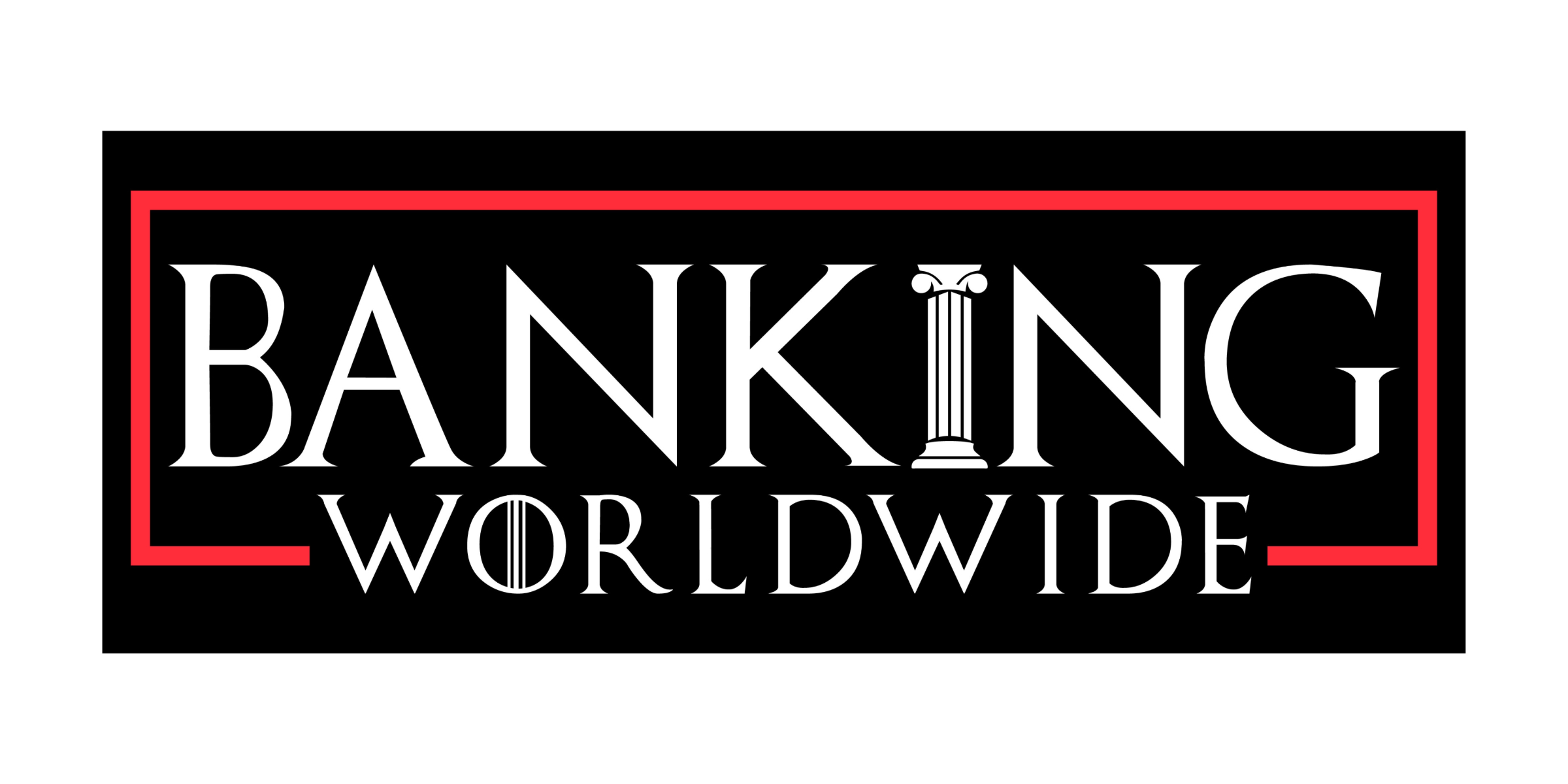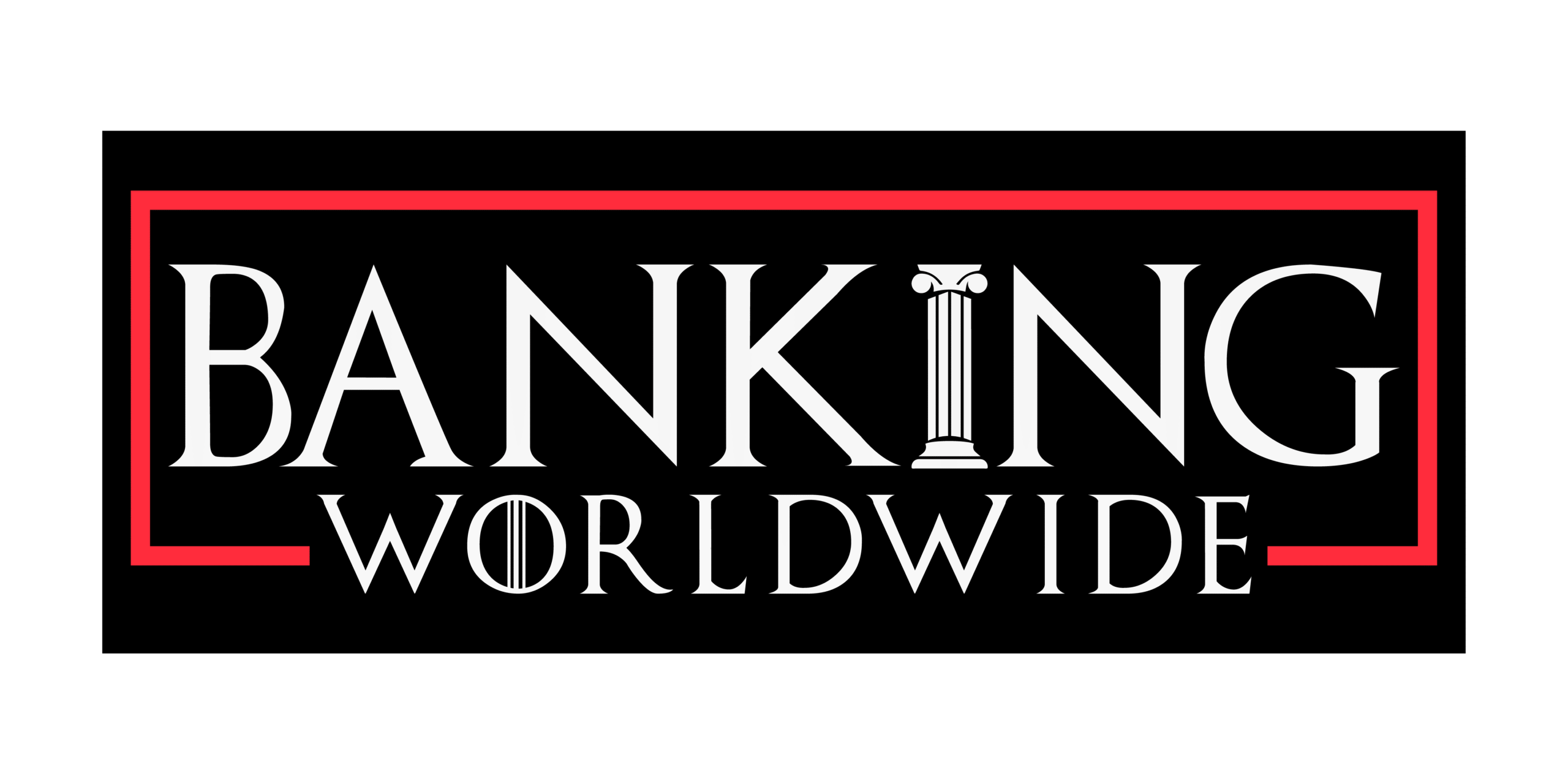Bank Australia (BAL) has bolstered its competitive standing with the recent completion of its merger with Qudos Bank, aiming to maintain a robust capital position as it continues expanding.
The merger, finalised on 1 July 2025, saw Qudos Bank transfer all assets and liabilities to BAL. Both Bank Australia and Qudos Bank brands will continue operating post-merger. Additionally, BAL plans to acquire Australian Unity Bank’s assets and liabilities during fiscal 2026, further expanding its footprint.
According to S&P Global Ratings, BAL’s risk-adjusted capital (RAC) ratio is forecast to decline slightly to between 16.2% and 16.7% through fiscal years 2026 and 2027. This reflects the agency’s confidence that BAL’s core operations will remain stable and that loan growth will outpace the broader Australian banking system.
Despite this optimism, integration challenges remain, including the consolidation of systems and managing merger-related costs that may impact profitability. S&P also highlighted BAL’s position as a price taker in Australia’s lending and deposit markets, making it vulnerable to competition from larger regional and major banks. Post-merger, BAL will hold an estimated 0.4% share of Australia’s residential lending market.
Overall, the merger is not expected to significantly affect the risk profile of BAL’s lending and funding portfolios. Credit losses are forecast to stay low, around 0.05% of customer loans, well below the system-wide average.
This strategic consolidation underlines BAL’s commitment to growth while maintaining strong capital reserves amid a competitive market landscape.







